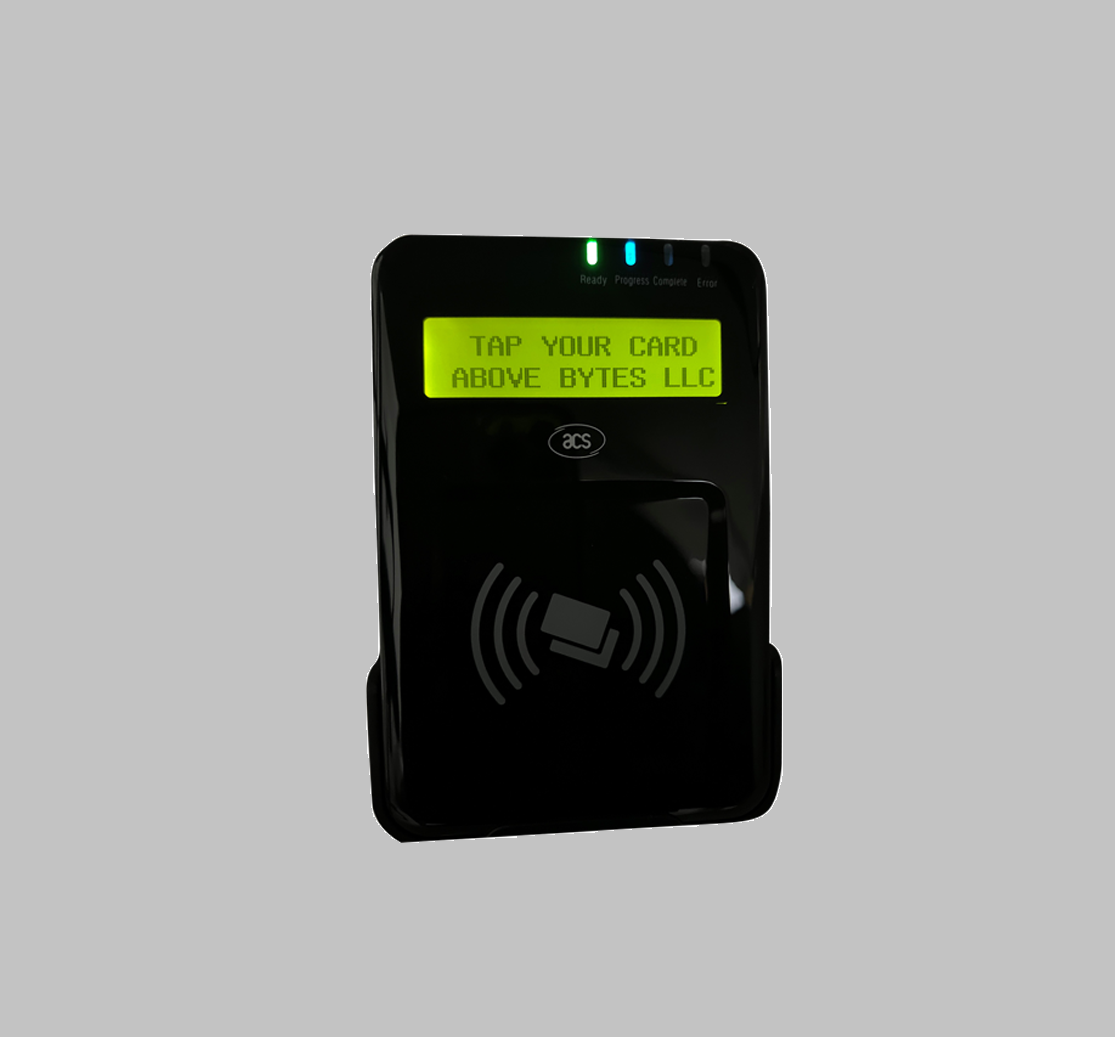The EMV protocol is a global standard that governs credit and debit card transactions, aimed at increasing the security of electronic payments. Its name comes from the three main payment card companies involved in its initial development: Europay, Mastercard and Visa. Since its introduction in the 1990s, EMV has become the dominant standard for chip card payments worldwide.
EMV Fundamentals:
EMV relies on the use of smart cards with embedded chips that store and process payment data securely. Unlike traditional swipe cards, EMV cards generate unique transaction data with each payment, making it more difficult to tamper with or reuse payment information.
During an EMV transaction, the card and the payment terminal communicate with each other to validate the authenticity of the card and its owner. This communication is encrypted and secure, thereby reducing the risk of fraud linked to card counterfeiting.
Implications for Secure Payments:
The widespread adoption of EMV has brought with it several important implications for secure payments:
Fraud Reduction: EMV has significantly reduced card payment fraud, particularly card counterfeiting, through the use of unique transaction data and validation of card authenticity.
Migration to Chip: Many countries have gradually moved away from magnetic cards in favor of EMV chip cards, which has helped to strengthen payment security and protect consumers.
Deployment of Secure Payment Terms (PTS): EMV-enabled payment terminals must comply with specific security standards, known as Secure Payment Terms (PTS), to ensure secure transactions.
Adoption of PIN Validation: EMV is also driving the adoption of PIN validation during transactions, providing an additional layer of security for card payments.



